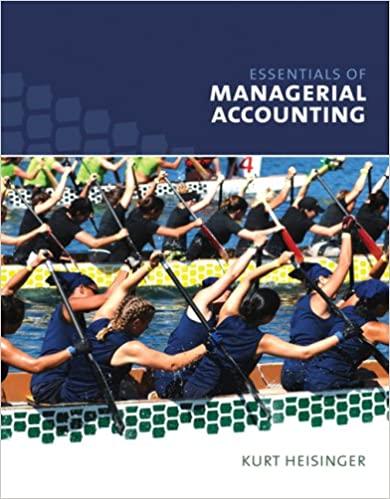Weighted Average Cost of Capital This case study explores how various factors shape our estimates of weighted average cost of capital (WACC). To apply WACC learning to real work complexities, you will examine how Tesla is impacted by changes in interest rates, debt, expected market return, and tax rates. Some of these elements are outlined below. Beta The beta of a stock is a representation of how the stock moves with the broader equity market. Tesla currently has a beta of 1.89 which implies that when the broad equity market goes up or down by one percent, Disney's stock will rise or fall by 1.89 percent. Low beta stocks, between 0.5 and 0.8, tend to be defensive. They do not rise much when the market rises, but they also do not fall significantly when the market falls. Tesla's beta indicates a modest relationship to the market. Expected return of the market The expected return of the market is a general observation. In reality, no one knows by what degree the stock market will rise or fall over the next year. Nevertheless, in order to assess an individual stock we must have a view on where the broader market is heading. The expected return of the market is the same for every stock. Risk-free rate The risk-free rate is the U.S. government bond. A U.S. bond's yield is considered risk free because the U.S. has not and is not expected to default Tax Rate The company's tax rate impacts the after tax cost of debt but has no bearing on either the cost of preferred equity or common equity. The higher a company's tax rate the lower the after tax cost of debt. Consequently, as a source of capital, debt is a tax shield. Pre-tax cost of debt The pre-tax cost of debt can be determined by calculating the yield to maturity on the company's bonds. A bond's yield to maturity can be influenced by many factors including inflation, credit quality, macroeconomic fundamentals, and how the company's bonds are structured. Weighted Average Cost of Capital This case study explores how various factors shape our estimates of weighted average cost of capital (WACC). To apply WACC learning to real work complexities, you will examine how Tesla is impacted by changes in interest rates, debt, expected market return, and tax rates. Some of these elements are outlined below. Beta The beta of a stock is a representation of how the stock moves with the broader equity market. Tesla currently has a beta of 1.89 which implies that when the broad equity market goes up or down by one percent, Disney's stock will rise or fall by 1.89 percent. Low beta stocks, between 0.5 and 0.8, tend to be defensive. They do not rise much when the market rises, but they also do not fall significantly when the market falls. Tesla's beta indicates a modest relationship to the market. Expected return of the market The expected return of the market is a general observation. In reality, no one knows by what degree the stock market will rise or fall over the next year. Nevertheless, in order to assess an individual stock we must have a view on where the broader market is heading. The expected return of the market is the same for every stock. Risk-free rate The risk-free rate is the U.S. government bond. A U.S. bond's yield is considered risk free because the U.S. has not and is not expected to default Tax Rate The company's tax rate impacts the after tax cost of debt but has no bearing on either the cost of preferred equity or common equity. The higher a company's tax rate the lower the after tax cost of debt. Consequently, as a source of capital, debt is a tax shield. Pre-tax cost of debt The pre-tax cost of debt can be determined by calculating the yield to maturity on the company's bonds. A bond's yield to maturity can be influenced by many factors including inflation, credit quality, macroeconomic fundamentals, and how the company's bonds are structured








